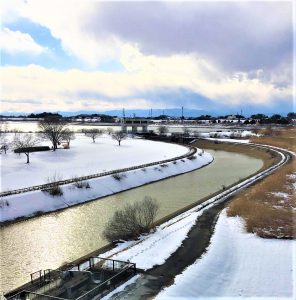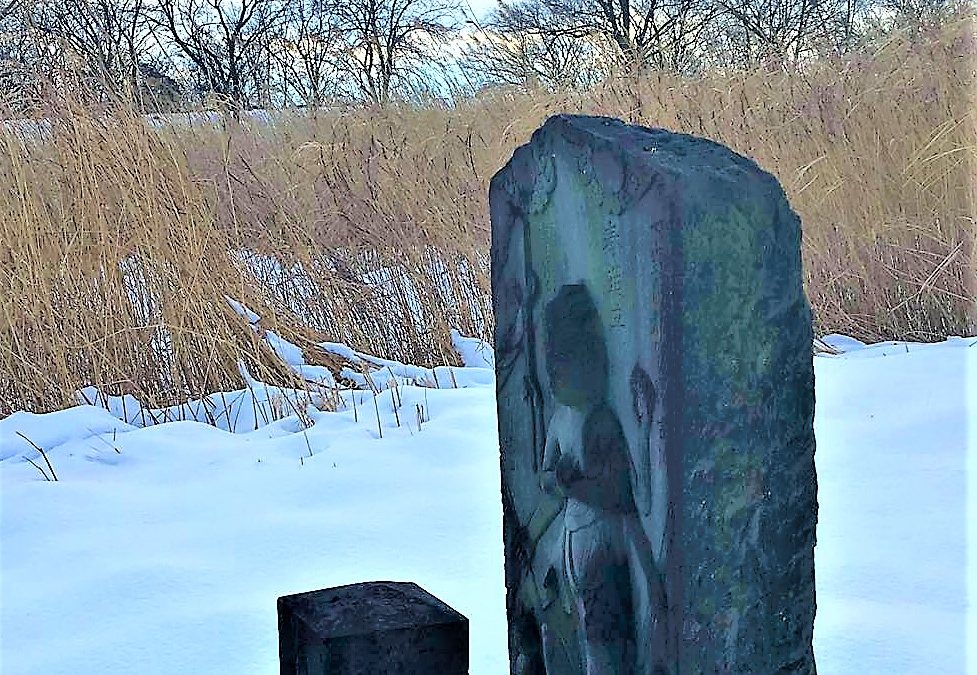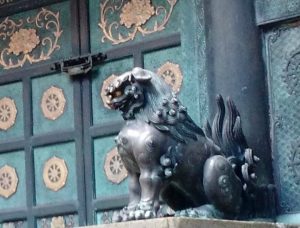 What Once was Yanaka is now left to be forgotten. Tucked away in low, low plains of the Watarase River Basin. Hidden from the snow streaked mountains. Hours to arrive, hours to get back, time used to reflect on the lives that once lived and tended to this land and their home that was taken from them.
What Once was Yanaka is now left to be forgotten. Tucked away in low, low plains of the Watarase River Basin. Hidden from the snow streaked mountains. Hours to arrive, hours to get back, time used to reflect on the lives that once lived and tended to this land and their home that was taken from them.
On that cold, windy, day we walked on a path wet with snow melt and ice. The tall thin reeds were waving at the sky over our heads, whispering in the wind they led us to the small sacred land. In the effort to save their village, this plot of land where their Shinto shrine and their cemetery was all that was spared. What is left of their shrine sits on an impressive hill that they placed there to keep rising water at bay. A bell and a few large engraved Buddhist stones showed the wealth of the farmers. Multiple round headstones, each on for a monk, signifying a the rich history of Yanaka.
What struck me the most was how small the remains of this village were left. A little over a century is a long time, but what was left of Yanaka seems as if they were erased from the land. After seeing Yanaka and driving around Fukushima Prefecture, I cannot help but compare the two places. Yanaka was chosen to house the reservoir for the runoff from the mining being done in Ashio in order to protect the capital, Tokyo, from being subjected to the contamination. In the scenario of Fukushima, a nuclear power plant supplying energy to Tokyo was housed two prefectures away. When the Daiichi plant had a meltdown, the radiation ravaged the lives of people that did not receive its benefits. Only the repercussions fell to the people of Yanaka and the people affected by the radiation of the Daiichi plant.

